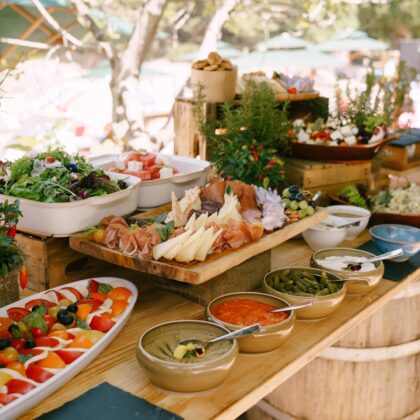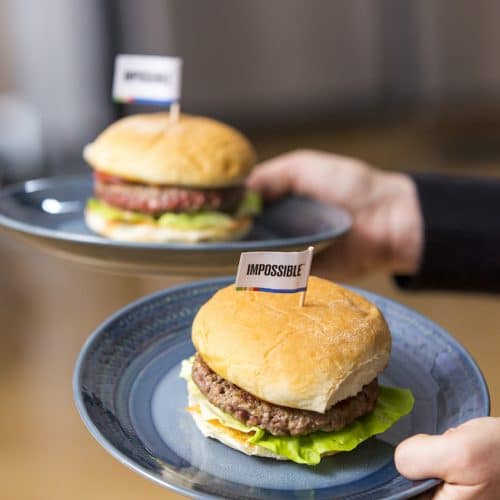We chat to Nick Halla, Senior Vice President for International at Impossible Foods, to find out all about the company, the future of plant-based foods and the brand new Impossible Burger 2.0.
Impossible Foods has taken Hong Kong by storm since it launched here in April 2018. The plant-based meat alternative can now be found everywhere from Michelin-star Chinese restaurants, to burger chains, Mexican cantinas and more, making it easier than ever to reduce your meat intake. And now the brand has taken things one step further with the launch of The Impossible Burger 2.0. Promising to be “juicier, meatier, and beefier than ever before”, the new patty is also kosher and halal-certified, contains no animal hormones, antibiotics, gluten or cholesterol. Sound too good to be true? We chatted to Nick Halla, Senior Vice President for International at Impossible Foods to find out more about the company’s journey so far, and what’s next for the future of plant-based meats.
Read more: These Hong Kong Restaurants Are Putting Plant-Based Meats On The Menu

Why do you think reducing our meat intake is so important as a society?
At Impossible Foods, our mission is to transform the global food system with meat, fish and dairy foods, all directly from plants, to support the planet and growing human population. If we want to continue eating meat, fish, and dairy foods as we like, we have to have a better way of producing them.
As it stands, approximately half of the ice-free land on Earth, and more than one-quarter of Earth’s freshwater, is used to raise livestock and their food, making animal farming a leading cause of species extinction and global warming. Reducing the use of animals for food will liberate land and water and go a substantial way towards mitigating climate change.
Many scientists believe that the massive expansion and footprint of animal agriculture is among the greatest threats to the global ecosystems that humanity depends on for our survival.
Our goal is to replace animals as a food production technology and provide consumers with the meat, fish, and dairy foods they love that are good for both people and the planet. Plant-based meats will play a vital role in solving one of the planet’s most pressing challenges: sustainably feeding the 9.7 billion in 2050, while consuming far less of the earth’s precious resources.
Hong Kong was the first location outside the US for Impossible Foods to launch, what made you come to this decision as a brand?
Asia, and Hong Kong specifically, has some of the world’s most discerning foodies and chefs, and is a global forerunner for cultural and food trends. We were excited to see how Hong Kongers would use Impossible meat in new and unexpected ways. Also, Hong Kong is one of the world’s highest meat consuming cities per capita, which makes it an important target.
We also specifically chose Asia as our next market to try to make an impact in the region where meat consumption is 44% of the world’s demand (OECD 2016), and where demand for meat is growing the fastest – creating food safety and food security challenges. Demand for meat is growing faster in Asia than anywhere else on the planet and satiating the continent’s demand has global implications. The greatest growth in demand in animal products will come from the Asian market, with a growth rate of 70% over the next couple of decades.
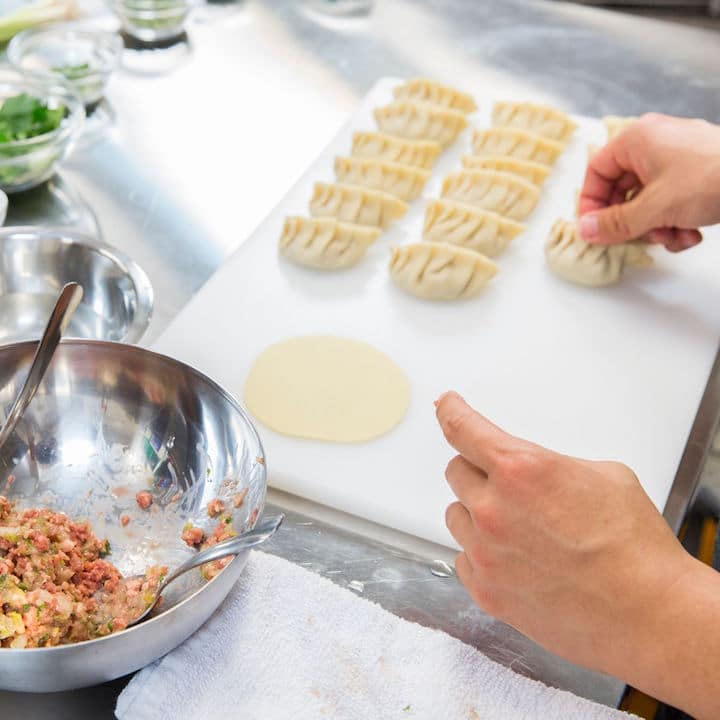
What differences or trends have you seen in the Asian market for Impossible, compared to other markets around the world?
Asia is a leader in culinary creativity. We’ve been so impressed with the inventiveness of the chefs that we have worked with – they have used Impossible in numerous dishes, from traditional Chinese cooking such as bao buns and dumplings, as well as croissants, sandwiches and Californian-Mexican cuisine.
What can you tell us about the Impossible Burger 2.0, which launched in Hong Kong in February?
Impossible 2.0 is juicier, meatier, and beefier than ever before. The new recipe is also kosher and halal-certified, contains no animal hormones, antibiotics, gluten or cholesterol and contains as much bioavailable iron and high-quality protein as a comparable serving of ground beef from cows.
To make the Impossible Burger even better, we added (and removed) ingredients from the original to deliver better taste, texture, nutrition and versatility – and we’re really excited for everyone to try it.
With an increasing number of competitors in the plant-based meat sphere, how do you make sure Impossible continues to innovate?
We launched the Impossible Burger in 2016, but we didn’t stop there. Since then, we’ve been learning how to make it even better by working closely with a team of scientists, credible chefs, farmers, and other professionals to test its taste and reception. We make more than 100 new versions each week.
What differentiates us from other companies is our technology platform. The Impossible Burger is the product of close to a decade of research to recreate the entire experience and science behind meat and how it tastes, cooks, sizzles and smells. Our scientists figured out the exact mechanisms by which meat flavour is generated from simple nutrients during cooking, and discovered how to use these simple nutrients to recreate meat flavour just as it happens in meat from animals.
The approach for many other brands is to create better veggie alternatives to meat and they mostly target vegans and vegetarians. We take a molecular approach to understanding the full experience of eating meat, and are targeting exclusively the pickiest meat-lovers with our products.
As the company’s first ever employee, what is the thing you are proudest of in your own personal journey with the company?
I’m most proud of the team we’ve assembled over the past eight-years. We have more than 300 hundred of the brightest, most passionate, and just all round great people in the world working on one of the most critical challenges civilisation faces.
My background in agriculture (I grew up on a family dairy farm) taught me that our job is to provide good, affordable food while maintaining our land for future generations. The growing population has made this unachievable without a categorical shift in how we produce food, so learning how we could be “better than the cow” was the kind of challenge that resonated strongly with me.
My journey with Impossible has been in equal parts challenging and rewarding. Our formative years were focused on creating a new platform for understanding what actually makes meat, fish, and dairy taste like they do, and what happens when they cook – understandably no mean feat. Everyone thought we were crazy for years until we had a product that blew their minds.
We went from a platform to launching the product to market in 2016, to now – where Impossible products are available in more than 5,000 locations in the United States, nearly 150 locations in HK and Macau and we launched in Singapore in March 2019.
Recently our 2.0 burger was the first food ever showcased at CES and won the show’s highest honours, including most impactful technology, which was a really proud moment for the whole team.
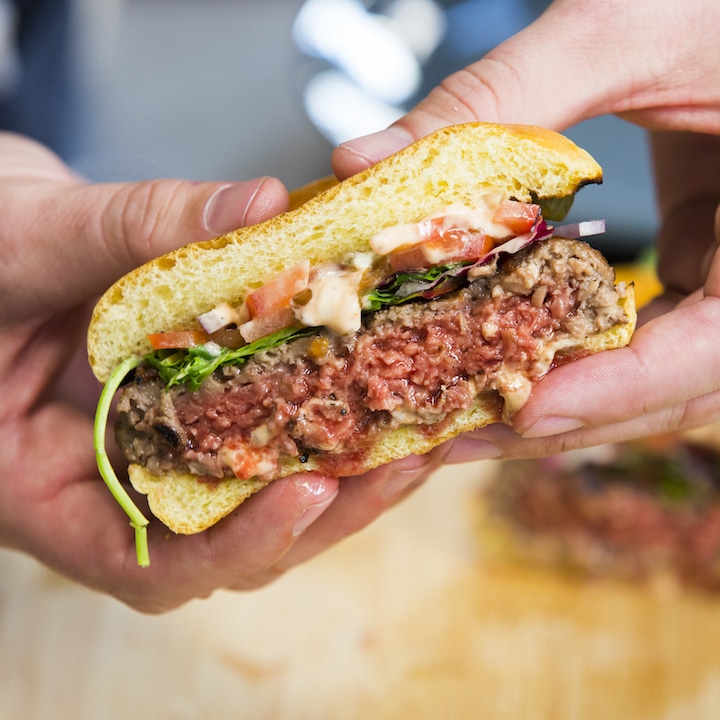
How do you feel about the global movement towards more plant-based diets and the trend for veganism?
At Impossible Foods, we don’t consider ourselves as a vegan product in the traditional sense. We are making meat for meat lovers, and have found a way of developing the delicious meats we love – but directly from plants.
Choosing what foods to eat and how they want their meat produced is a decision for consumers to make. Our job is to give consumers better choices and better products. The world’s appetite for animal-derived products continues to climb and consumers are increasingly looking for delicious, more sustainable options. The entire market for animal-based protein is huge (greater than US$1.5 trillion), and Impossible products are designed to capture the demand for meat, dairy, and fish by fulfilling the cravings of meat-lovers.
Where do you see Impossible Foods in ten years’ time?
We started with a beef alternative to directly address the fact that cattle farming has by far the biggest environmental impact compared to other livestock. However our aim is to produce a full range of meat, fish and dairy products for every consumer in the world.
The long-term goal of Impossible Foods is to accelerate the switch to a sustainable food system – starting with the Impossible Burger, and expanding to a range of delicious products, including pork, chicken, fish and dairy. I’d predict that Impossible will have dozens of product platforms and will be able to reach every consumer globally in 10 years, along with having dramatically reduced the amount of land, water and energy required to support the world’s population.
What is your favourite Impossible Foods product / recipe?
There are so many good ones. It’s really hard to choose. There are many great Impossible burgers of course. Impossible also works great in dumplings and tacos. I’ve had a delicious Impossible Doner Kebab and once had a meatloaf sandwich that was to die for.
All images courtesy of Impossible Foods.


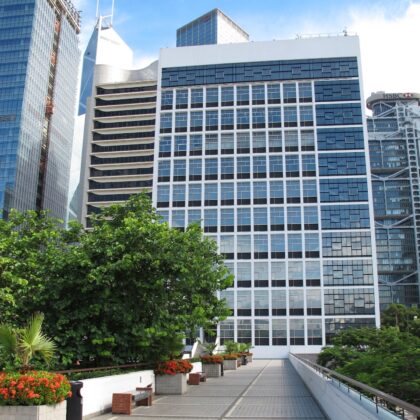


 Eat & Drink
Eat & Drink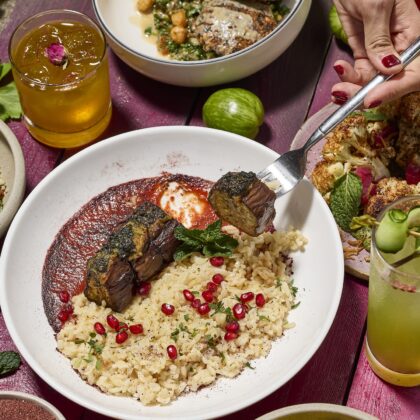



 Travel
Travel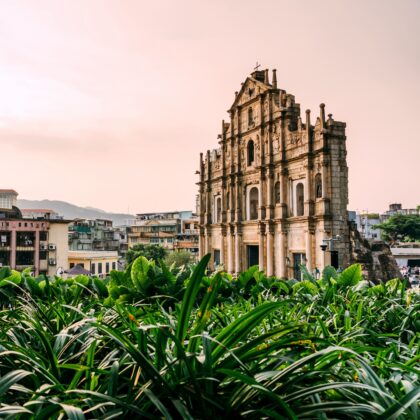


 Style
Style


 Beauty
Beauty



 Health & Wellness
Health & Wellness



 Home & Decor
Home & Decor


 Lifestyle
Lifestyle
 Weddings
Weddings
